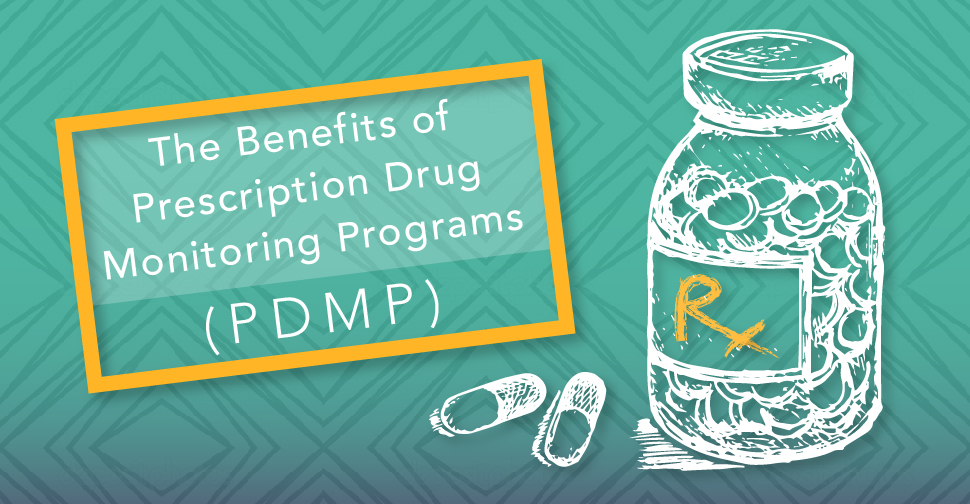
Prescription Drug Monitoring Programs (PDMPs) are state-run databases that track the dispensing of certain medications prescribed within that state, focusing primarily on prescription drugs that have the potential for abuse and addiction. While most of the data comes from pharmacies, a small percentage comes from physicians who dispense these medications directly. Currently in use by 49 states (Missouri being the lone exception), PDMPs have proven to be an effective and popular tool in the fight against prescription drug addiction.
The History of PDMPs
To fully understand the benefits of PDMPs as they are used today, it is helpful to look back at their history. California was the first state to develop a PDMP, in 1939. Back then, PDMPs were seen primarily as serving a public-safety function, allowing law enforcement officials to track when and where certain drugs were being overprescribed or diverted for illegal activity. In the next half of the 20th century, however, society began to see drug addiction in a new light. Addiction became an issue of public health, not just one of public safety—a disease to be treated rather than a crime to be punished. With this changing cultural understanding of addiction, the goal of PDMPs changed in turn.
PDMPs Today
While PDMPs today continue to help law enforcement in the battle against “pill mills,” “doctor shopping”, and illegal overprescribing, their purpose has expanded dramatically to serve more of a public-health function. We can see this in part by looking at where most state PDMPs are housed. Currently only a handful of PDMPs are run by state agencies devoted to law enforcement and public safety, with the rest governed instead by state health departments and boards of pharmacy. Moreover, a number of states have expanded access to PDMPs so that recovery programs and addiction treatment specialists—not just law enforcement, pharmacies, and doctors—can use the data.
These changes suggest that states are increasingly using PDMPs to get help to sufferers of addiction before the law has to step in. But are PDMPs really working, and if so, what are the benefits?
Benefits in Action
Although the effectiveness of PDMPs is still very much an object of ongoing research, numerous studies have shown that the programs have strong and certain benefits. For example, a 2012 study looked at rates of painkiller abuse and misuse in states with and without PDMPs in the years 2003-2009. The researchers found that in states without PDMPs, rates of abuse and misuse increased more rapidly than in states with such programs.
Another study found that having access to PDMP data made it easier for doctors to determine objectively and conclusively whether patients who showed signs of addiction during in-person examinations were actually at risk. For example, one of the more common reported uses of PDMPs was in allowing a patient’s primary care physician to tell whether the patient had begun, in secret, to seek out prescriptions from other doctors with whom the primary care provider otherwise had no contact.
Kickstarting Recovery
Given that one of the most difficult steps toward recovery is admitting to others that one is suffering from addiction in the first place, this is likely the greatest benefit of PDMPs: giving the doctor, pharmacist, or treatment specialist a way of discovering the addiction without the patient him- or herself having to first come forward. In the most extreme cases, where the patient would otherwise never reveal their substance abuse, PDMP data may be precisely what is needed to refer them to a treatment center and kickstart that crucial first step toward recovery.
For more information about how PDMP data could help your loved one’s physician get them on the road to recovery, contact us today at DrugRehab.org for more information.


